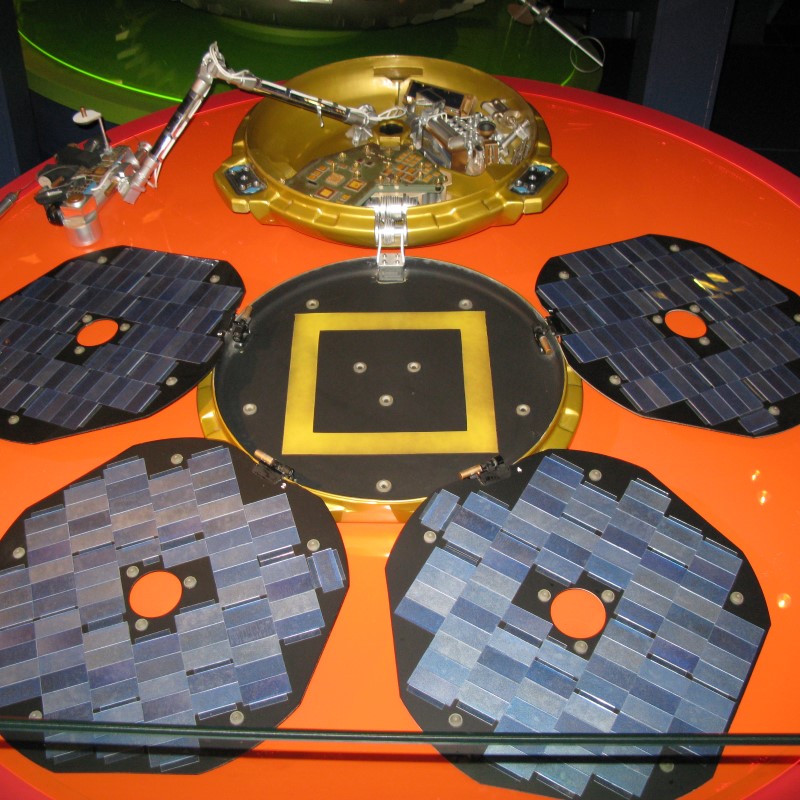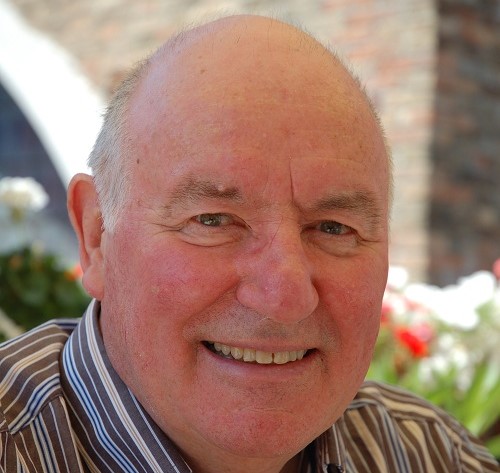The latest volume of Biographical Memoirs celebrates scientific endeavours across all scales, from big questions about extra-terrestrial life, to the small matter of how a cell dies.

Space rocks
Apollo 11 delivered Neil Armstrong and Buzz Aldrin to the Moon surface in July 1969. They returned to Earth safely a few days later with lunar souvenirs of rocks and soil.
Two years earlier, organic chemist Geoffrey Eglinton FRS joined the University of Bristol, founding the Organic Geochemistry unit. Eglinton had moved from Glasgow, where he had been pioneering the emergent field alongside PhD student James R. Maxwell FRS, whilst also spending time at Berkeley, California, examining ‘chemical fossils’ in ancient sediment.
After a successful application to NASA, Eglinton was invited as the only non-American to join a small team tasked with planning the analysis of samples from the upcoming Moon landing—a job that included a trip to Florida to watch the launch [1].
Eglinton’s lunar team assembled at Bristol included another Fellow celebrated in this volume, Colin Pillinger FRS. Pillinger had recently completed a PhD at Swansea investigating organic molecules with mass spectrometry, experience that would lead him to Bristol, the Moon, and eventually Mars.
Though the Bristol team’s analysis of the lunar samples did not reveal significant concentrations of organic carbon—biomarkers of past life—their experiments did prove valuable in understanding the lunar carbon cycle. For Pillinger, the experience also paved the way for ambitions even further afield.

From Eglinton and Pillinger’s 1977 article The chemistry of carbon in the lunar regolith, in Phil. Trans. A.
The Beagle 2 Mars lander (a sequel to Darwin’s voyage) was scheduled to land on the Martian surface on the 25th December 2003. The goal, again, was to find signs of extra-terrestrial carbon life. Whilst at the Open University, Colin Pillinger had led the project to develop and safely land a mass spectrometer, plus other necessary instruments, on the surface of Mars. Following a successful 6-month trip with the Mars Express Orbiter, the Beagle 2 detached with its course set for Mars, but a signal was never returned.
In late 2014, 6 months after Pillinger passed away, the fate of the Beagle 2 was finally revealed in images taken by NASA’s Mars Reconnaissance Orbiter, which showed the lander successfully touched down on the surface, but with only a partial deployment of its solar panels (shown in the replica, top), obscuring the antenna that would have transmitted data back to Earth [2].
The planetary science community has persevered, with the successful Curiosity and Perseverance rovers, which continue to explore the geology, hydrology, and chemistry of Mars. Perseverance (or ‘Percy’) has been collecting rocky souvenirs for a few years, but now it’s just a matter of bringing them back to Earth…
Terrestrial breakthroughs and firsts
Several cell and molecular discoveries are also celebrated in the new memoirs.
Andrew Wyllie FRS was the co-discoverer of the type of programmed cell death known as apoptosis (from the Greek for leaves falling off a tree)—a major observation that taught us about how our cells die in health and disease.
of programmed cell death known as apoptosis (from the Greek for leaves falling off a tree)—a major observation that taught us about how our cells die in health and disease.
Sir Michael Berridge FRS revolutionised the field of cell signalling with the discovery of inositol 1,4,5-trisphosphate (IP3) as the ubiquitous messenger releasing Ca2+ from intracellular stores—one of the most important regulatory mechanisms in animal cells.
And before acrylamide gels, Oliver Smithies FRS (featured on the cover) revolutionised protein electrophoresis with a starch gel. This early achievement was followed later with a Nobel Prize for work on genetically engineered ‘knockout’ mice. Outside of the lab, there was also time to break a single-engine transatlantic flight speed record.
Additionally, the volume features several notable firsts and pioneers in medical research, including the first department of oncology in the UK, the first UK chair of virology, and one of the first institutes of molecular medicine.
Discover more stories from a wide range of groundbreaking science—from superconductivity to memory—in the new volume of Biographical Memoirs.
Interested in astronomy? Read a brief history of astronomy, astrophysics and cosmology 1945-2000 by Editor-in-Chief, Professor Malcolm Longair.
All memoirs are published online as they are ready before being compiled into two volumes per year. Sign up for alerts or keep an eye on our website for new memoirs as they appear.
Images: Beagle 2 replica in the London Science Museum. Source: Wikipedia (CC-BY-SA GFDL); Figure 1 from The chemistry of carbon in the lunar regolith, 1977 Phil. Trans. A. ; Oliver Smithies, Photograph credit: UNC School of Medicine.
References: 1. https://www.bristol.ac.uk/news/2009/6469.html ; 2. https://www.gov.uk/government/news/uk-led-beagle-2-lander-found-on-mars





